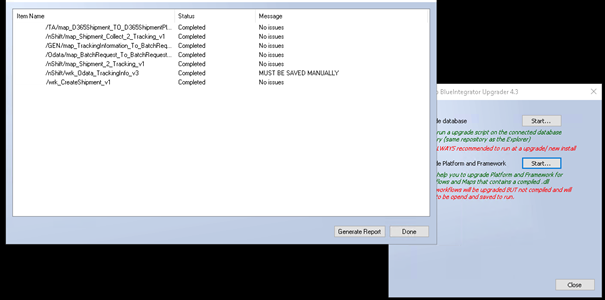The latest version of the integration engine Blue Integrator makes an already powerful platform even better. All parts of Blue Integrator now support 64 bit. This means that version 4.3 can allocate more working memory and process more data in less time. Other improvements include support for Visual Studio 2022, expanded support for JSON, and the ability to document with Swagger.
By supporting Visual Studio 2022, it is now possible to use more memory when developing functions, which improves the performance and stability of work. The latest version also means that Blue Integrator goes from only supporting JSON in string format to also supporting Number, Boolean, Null, Object and Array. The extension simplifies integrations where data is exchanged via JSON. The latter is especially important in integrations to many e-commerce platforms and PIM systems. When it is easier to read and understand the type of data that is exchanged, integration projects become less time-consuming and all participants can easily understand and get an overview of different flows of data.
By supporting Visual Studio 2022, it is now possible to use more memory when developing custom functions, improving performance and stability of work. The latest version also means that Blue Integrator goes from only supporting JSON in string format to also supporting Number, Boolean, Null, Object and Array. The extension simplifies integrations where data is exchanged via JSON. The latter is particularly important when integrating with many e-commerce platforms and PIM systems. When it is easier to read and understand the type of data being exchanged, integration projects become less time-consuming, while all participants find it easier to understand and oversee different data flows.
Facilitates communication and collaboration in integration projects
To simplify the work and understanding of integrations that use APIs, the latest version of Blue Integrator uses OpenAPI. OpenAPI is an open source form of documentation that relates to a certain set of rules on how to describe APIs. This makes documentation easier to interpret for both humans and machines. OpenAPI makes machine code human-readable via Swagger. The documentation form is particularly useful when there are several parties working on an integration project. Communication, collaboration and the exchange of data becomes easier when everyone understands what they’re trying to achieve.
Blue Integrator 4.3 now also supports snapgrip (“snapgrip option in mappings”) which creates a more aesthetic pattern and makes it clearer to see how the mapping is done.
“Today we have a very high demand for modern integration solutions where Blue Integrator functions as a hub, especially in e-commerce and logistics. At the same time, the demands on performance and functionality are constantly increasing. Therefore, our focus is on continually looking to improve Blue Integrator. Deploying our integration engine is very straightforward. We are determined to be at the forefront of development and offer a long-term integration solution that simplifies everyday life and promotes business growth,” said Stefan Jörkander, CEO of Connect Companies, the company that owns and sells Blue Integrator.

Support for limiting GET, PATCH, DELETE, POST
Version 4.3 has additional functionality to limit endpoints to a specific verb with the potential to add the same endpoint several times but with different verbs. A possible way to use it is for Customer (GET), Customer (PATCH), Customer (DELETE), Customer (POST), i.e. one to fetch, one to update, one to delete and one to add. All this can be done via the same URL but with different verbs.
Blue Integrator has ready integrations with business systems such as SAP, Dynamics 365, Jeeves and Garp. Unlike traditional direct integration, Blue Integrator does not detrimentally affect operation and performance of the existing business system. Blue Integrator is used, among other things, for integration with e-commerce and web platforms such as Lithium, Magento, Woocommerce, Bigcommerce, Drupal, Jetshop and Mirakl.
Existing customers can download the latest version of Blue Integrator free of charge.
New users can download a 100-day free trial here»
Blue Integrator 4.3 – technical details and fixes in short
- Snapgrip option in mappings (predetermined grid for positions functoids in a row, looks more aesthetic).
- JSON schemas now support datatypes set in the schemas on each element (string as default).
- Dynamic JSON schema root name instead of JSON as root.
- Dynamic JSON schema first complex element name when generating array payloads.
- JSON schema now supports one value arrays.
- XML to JSON conversion with a schema now ignores XML declarations.
- Added configuration options limit what VERBS are possible to use, description, enable swagger on REST APIs.
- Changed view of the APIs to match the same structure as the rest of the components.
- Added custom ErrorMessage option on REST API method validation mappings.
- Legacy workflows are now only possible to maintain not create new.
- All Blue Integrator assemblies are now x64 based.
- Visual Studio 2022 support.
- Swagger
- Beta version of a dynamic swagger for each configured API.
- Supports API key as the rest of the API.
- Mirrors endpoints in Blue with possibility to show, schema, example payload, context types, Verbs, descriptions, separate path and names.
- Possibility to enable/disable diagnostics will show/hide it in swagger.
- Possibility to show static internal API endpoints.
- Upgrade Helper
- Can be run separated from the installation at any point in time.
- Possibility to run SQL upgrade script by pressing a button.
- An upgrade process to help out with the upgrade of maps with code functoids, legacy workflows and V4 workflows to x64 and replacement of old to new JSON assembly.
- Possible to generate a report of the upgrade (xml file).
- Possible to backup before upgrade to be used for a manual rollback.

Fixes
- Database functoids now have a timeout command that can be set.
- View message details tab on message and workflow instances can now be copied (all messages and instances that contain data, this can now be copied including large files).
- Added VERBs on HTTP ports (GET, POST, PUT, PATCH).
- Edit existing records in valuelist functoids.
- Limit the numbers of lines in popup messages so it doesn’t reach outside of the screen, also possible to copy the message.
- Improved documentation on sequence ID tab on ports.
- It is now possible to save a view message when it’s saved locally with large file setup.
- RDPClipboard issue that made the application “freeze” is now solved.
- Separated the path and the name of the API method.
- Endpoints within an API are now grouped by the combined paths.
- SQL upgrade script failed on some older SQL versions, this is now fixed.
- Escape sign fix in Edifact schemas, did not handle when the escape sign was escaped as the last char in before line break.
- Archived obsolete and legacy components.
- Updated references to later versions.
- Fixed the possibility to create an own endpoint with the same path as a static endpoint within an API.


